The Guardialfiera or Liscione lake
2025
You may also like
2022
Capracotta. Parish Church of S. Maria in Cielo Assunta
It is located on the highest part of the town, in the Terra Vecchia district, and was the seat of the collegiate church. It is not known what the current church was like, which is the result of a total renovation in 1725. The antiquity of the church is testified by a bas-relief of the bell tower, which bears the symbol of the Tree of Life, from the Renaissance period, the adjacent walls, with the portal of the chapel of the Visitation, show holes for the bells. The stone bell tower, with a square plan, has its current appearance, the result of the restoration of 1898. The baptismal font in walnut wood, with gold decorations, restored in 1980, and a stone font can also be attributed to the archaic church. In the 18th century the civic coat of arms was moved to the main altar by the Town Hall, and the church became the symbol of the entire Capracottese community.
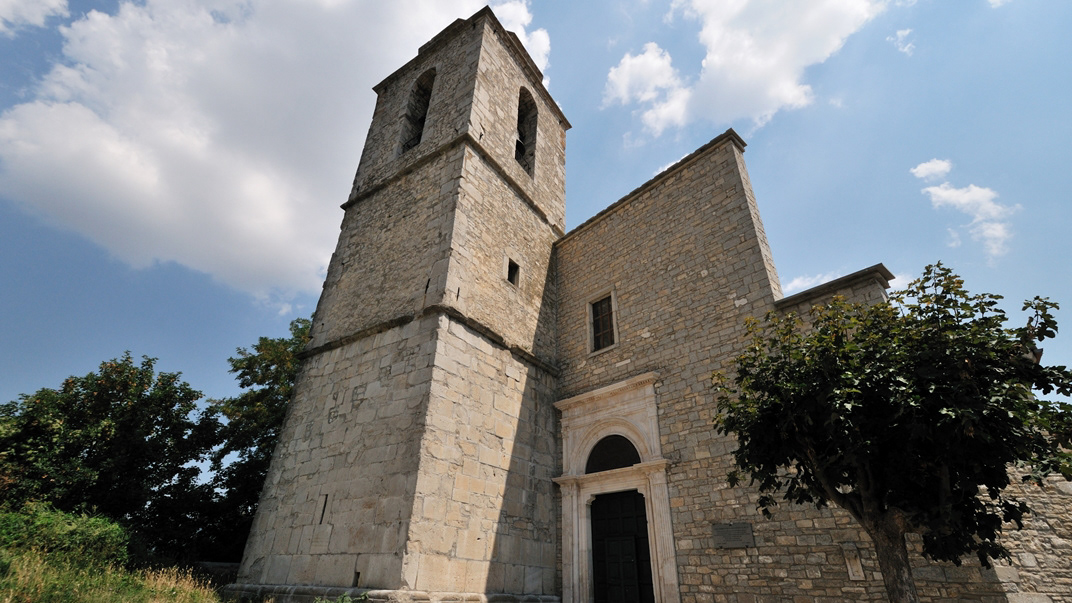
2015
Miscellanea
Agnone (Agnèune in dialetto locale) è un comune italiano di 4 957 abitanti della provincia di Isernia in Molise. Fino al 1811, per circa 600 anni, Agnone e il suo circondario sono sempre stati parte integrante del Giustizierato d'Abruzzo e dell'Abruzzo Citra, nel distretto di Lanciano. Antica città sannita, è sede del più antico stabilimento al mondo per la fabbricazione delle campane (Pontificia fonderia di campane Marinelli), fondato intorno all'anno 1000 e tra i pochi che possano fregiarsi dell'onore di utilizzare per i propri prodotti lo stemma pontificio. Agnone è una cittadina di circa 5000 abitanti ubicata nell'Alto Molise. Si trova a 830 m di altitudine sul livello del mare, circondato da un paesaggio montuoso rivestito da boschi e praterie.
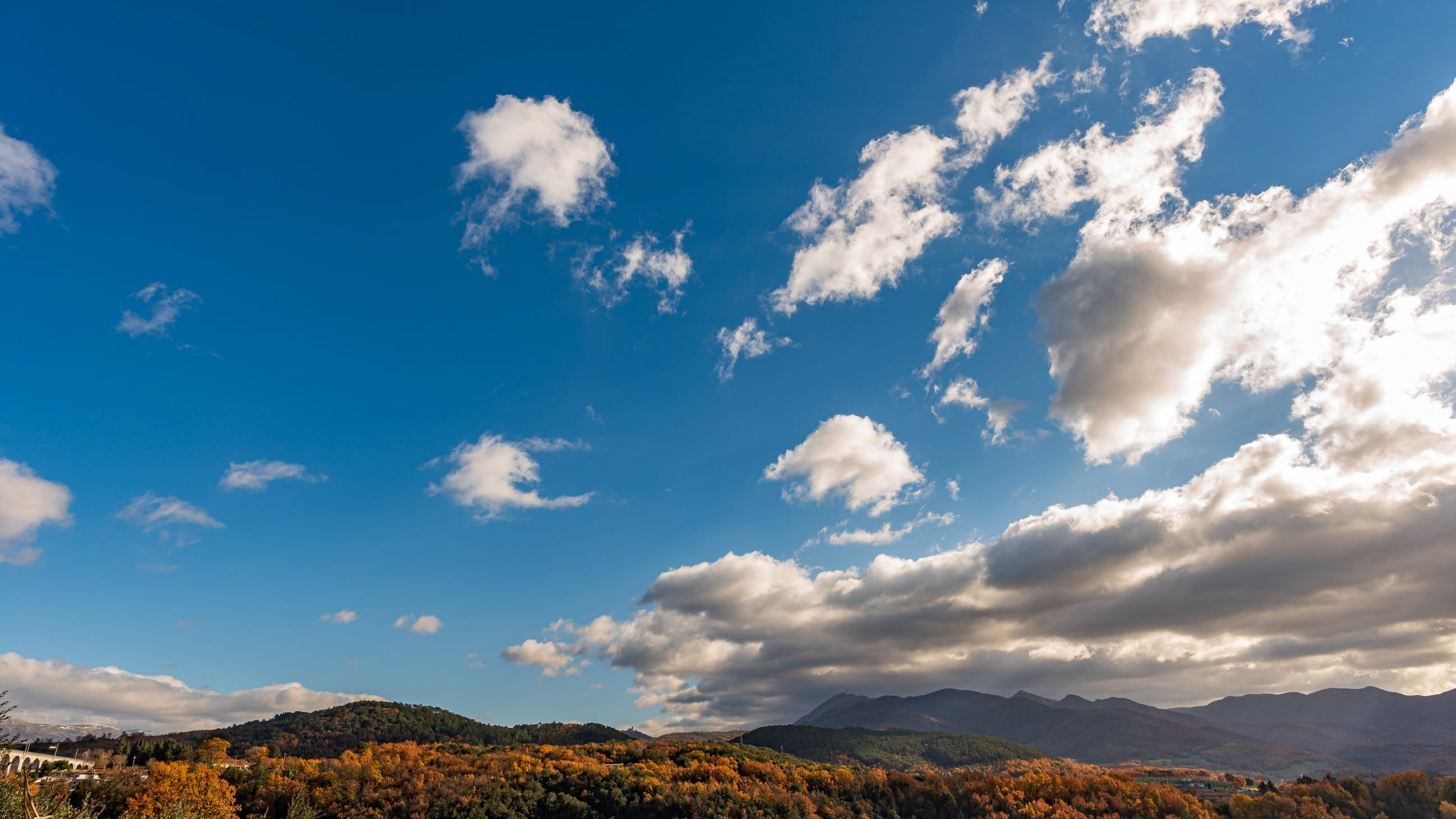
2022
Molise, autumn 2022
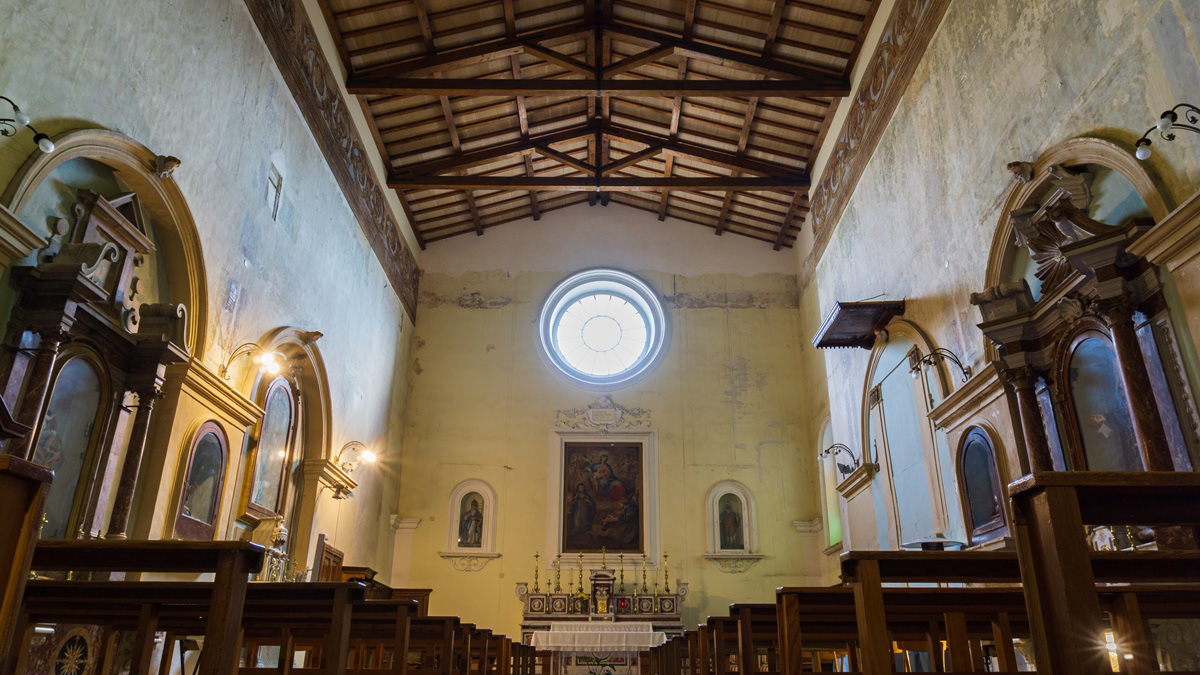
2018
Isernia - Chiesa di Santa Chiara
La chiesa di Santa Chiara, insieme al monastero omonimo, è stata fondata nel 1275. Allo stato attuale, però, non esistono più tracce dell'edificio originario. Nel 1809 il monastero fu soppresso, mentre verso la fine del secolo un terremoto danneggiò seriamente la chiesa, che per questo fu chiusa al culto; la riapertura avvenne il 10 ottobre 1910. Durante la Prima guerra mondiale, l'ex edificio monasteriale servì da alloggio a prigionieri austriaci e ungheresi. La chiesa custodisce la statua dell'Addolorata che, durante la processione del Venerdì Santo, viene trasportata dai portantini subito dietro a quella del Cristo morto.
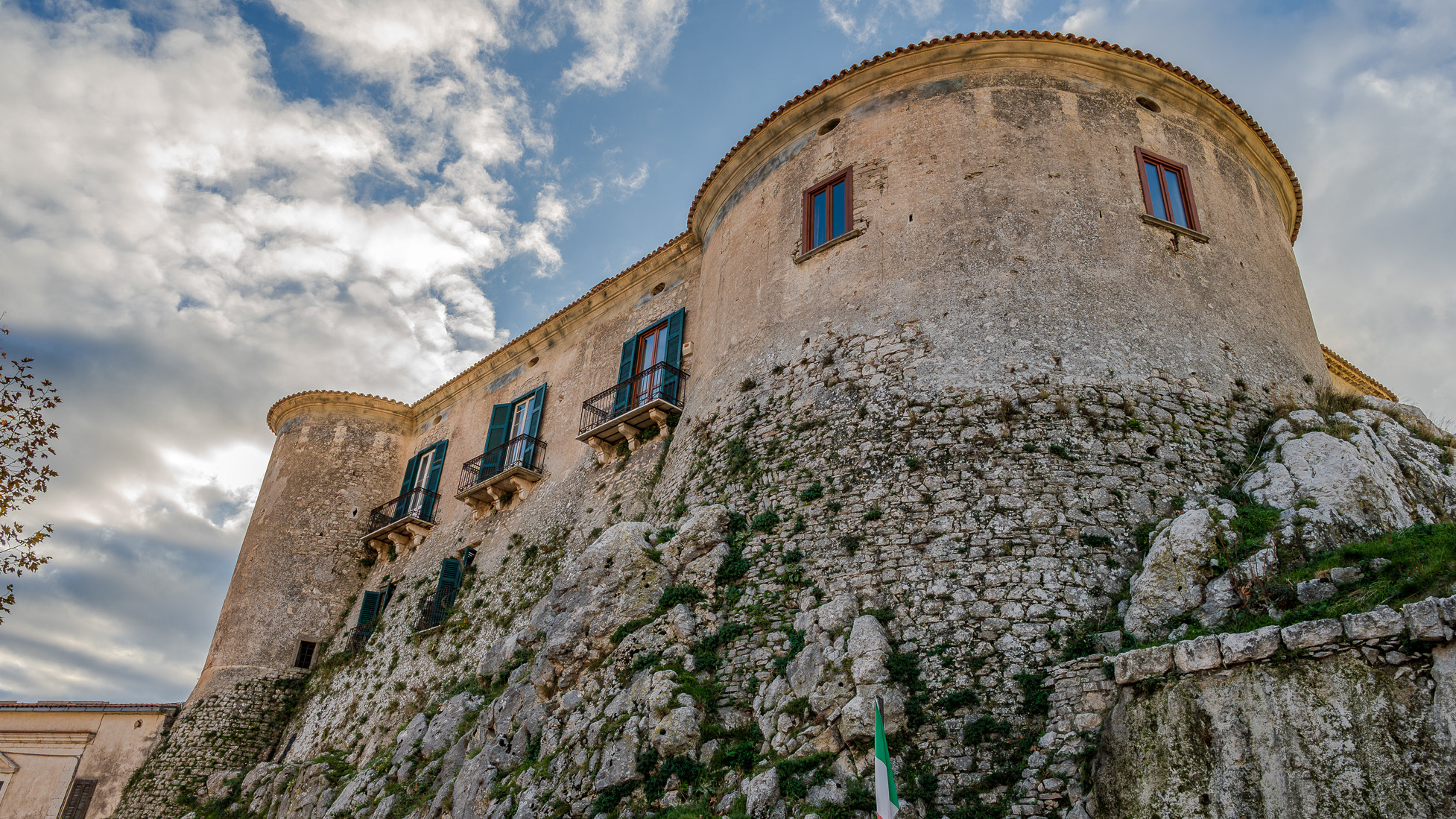
2024
Macchiagodena. The Baronial Castle
The main monument of the town, it was founded as a watchtower by the Lombards, and in 1269 by Charles I of Anjou it was donated to Barrasio, who governed it on behalf of Naples.
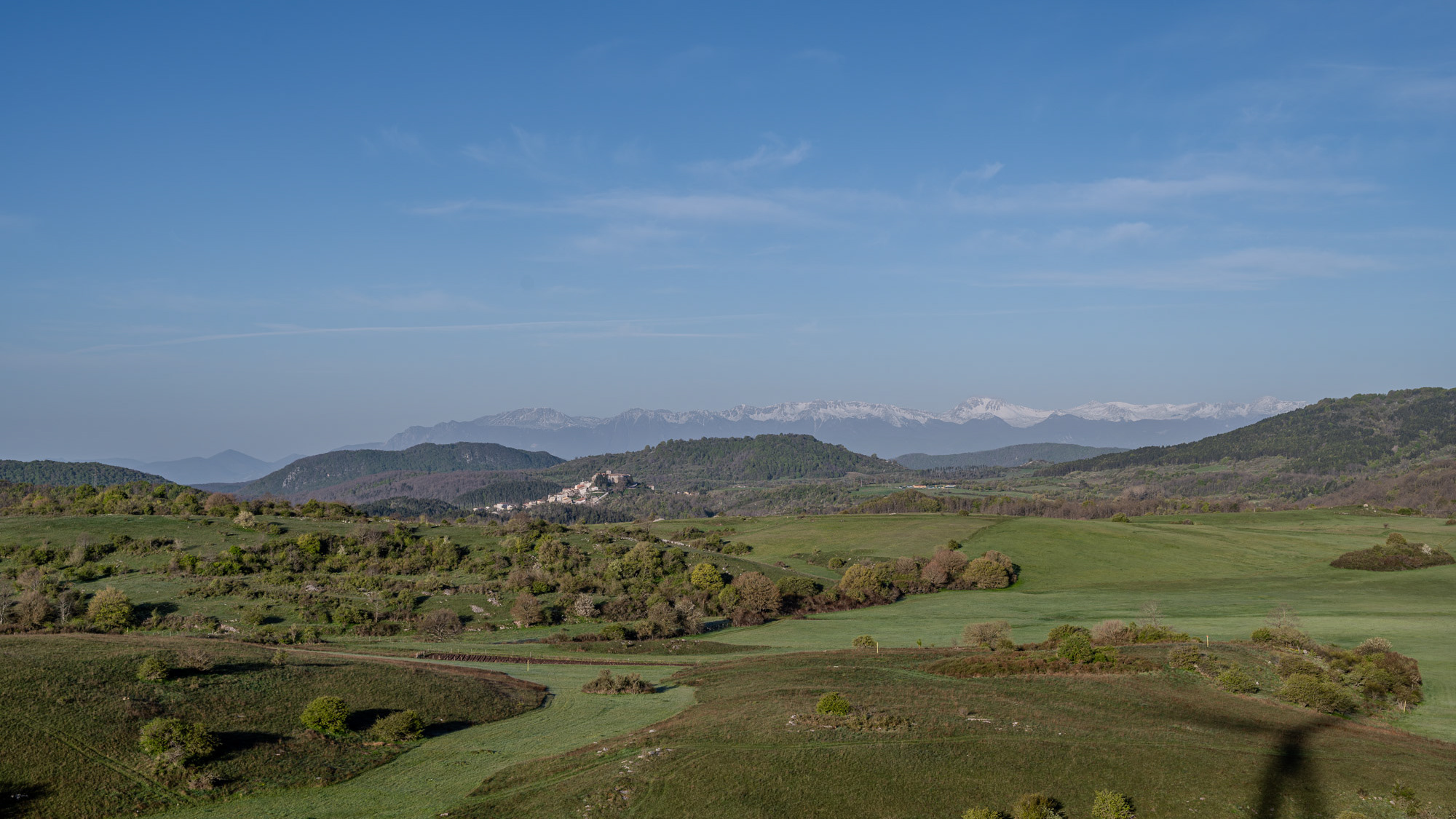
2024
Spring landscapes 2024
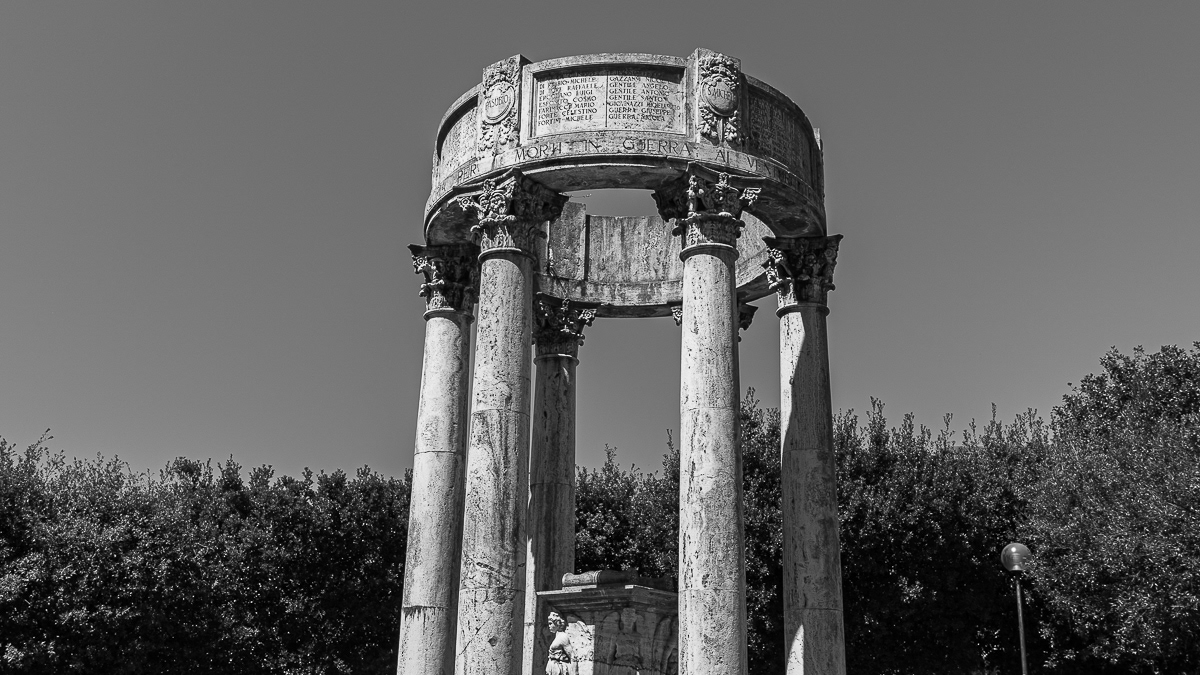
2021
Isernia, Monument to the Fallen
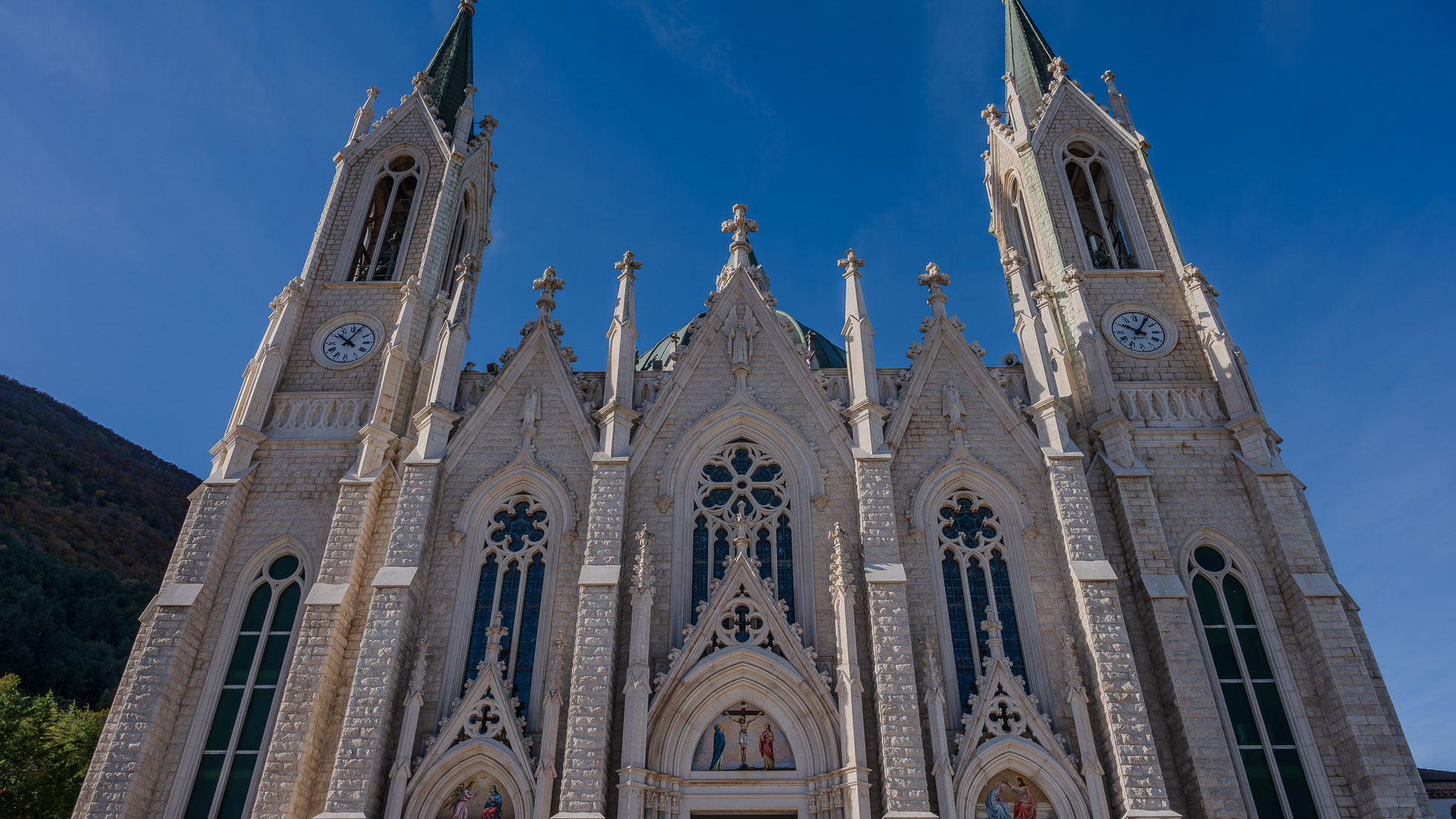
2023
Castelpetroso. Sanctuary of the Madonna Addolorata
The basilica sanctuary of Maria Santissima Addolorata, or simply the Addolorata basilica is an important Catholic place of worship located in the municipality of Castelpetroso, in the province of Isernia, and belonging to the archdiocese of Campobasso-Boiano. According to the testimony of the visionaries, the Virgin Mary appeared for the first time on March 22, 1888 to two shepherdesses named Serafina and Bibiana in the locality of Cesa tra Santi, on the slopes of Mount Patalecchia. This first apparition was followed by others and, following the recognition of this phenomenon, Pope Paul VI proclaimed Maria Santissima Addolorata of Castelpetroso patroness of Molise on 6 December 1973. In the 1890s, it was decided to build a sanctuary near the place of the apparitions, but further downstream from this, so that it would be more easily accessible by pilgrims. The project was entrusted to Giuseppe Gualandi, whose death (1944) was succeeded by his son Francesco. On 28 September 1890 the first stone was laid and construction of the sanctuary began. It proceeded slowly due to economic problems and the two world wars: in 1907 the chapel of the Poles was finished and opened for worship, but the perimeter walls of the church were completed only in 1950, thanks to donations from don Nicolino Passarelli, canon theologian of the cathedral of Venafro, lawyer of the Sacra Rota and professor. In the following decades the sanctuary was completed and consecrated on 21 September 1975 by the bishop of Boiano-Campobasso Alberto Carinci.
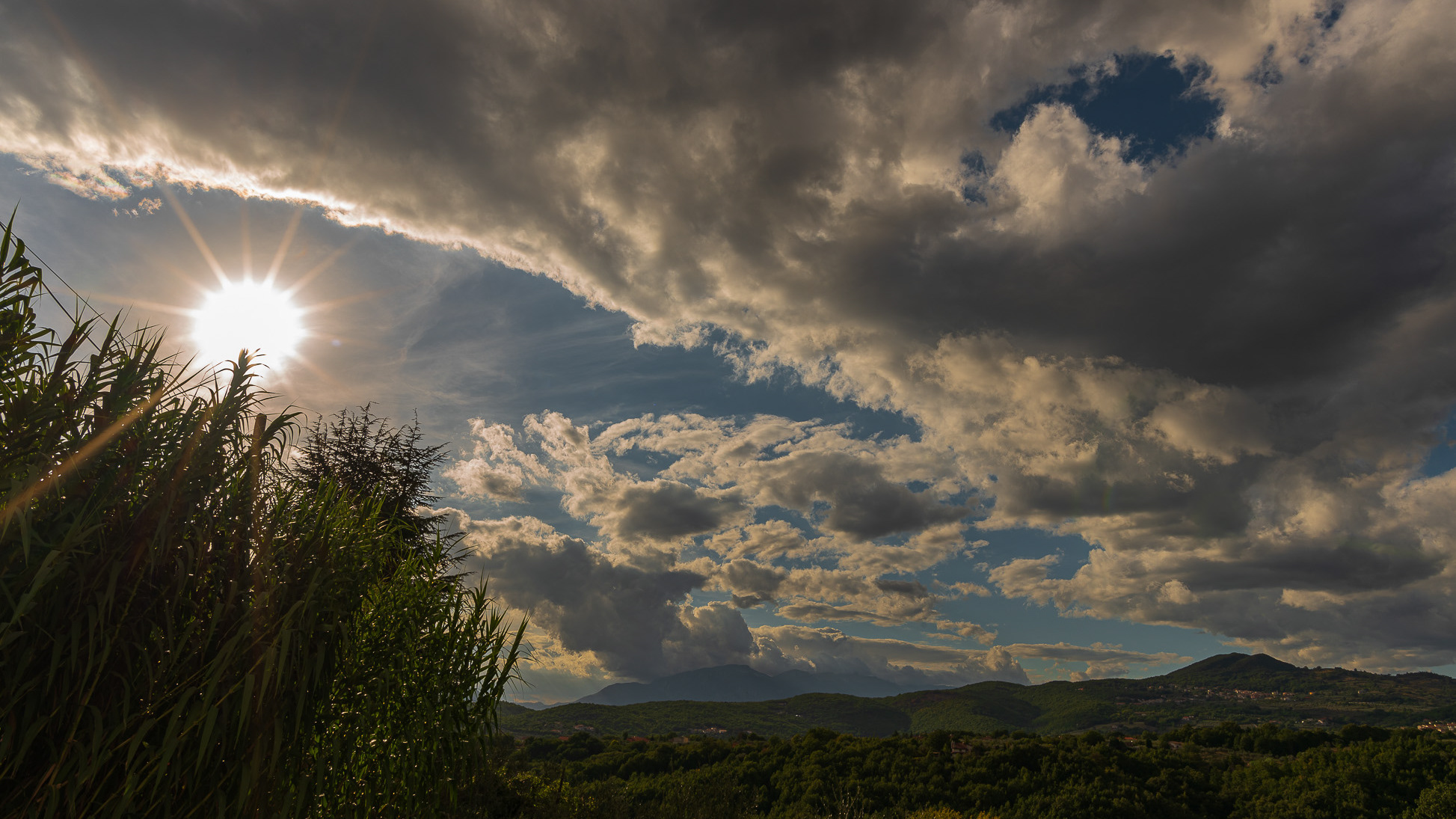
2022
Molise, Italy. Landscape on a late summer afternoon
Molise is an Italian mountainous region with a stretch of coast overlooking the Adriatic Sea. It includes a part of the Abruzzo National Park in the Apennine mountain range, with a rich wildlife.
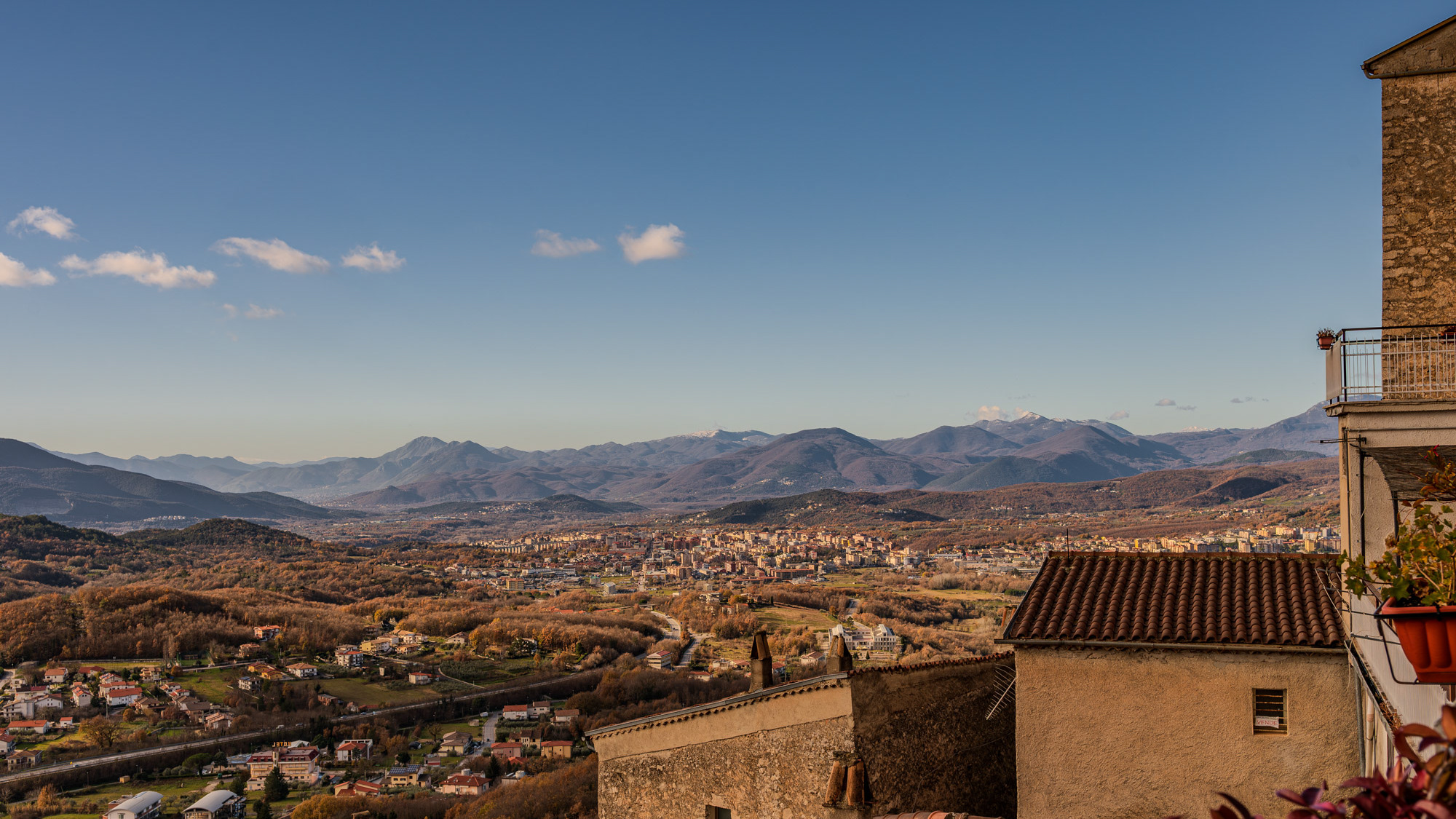
2025
Isernia. View from Pesche
